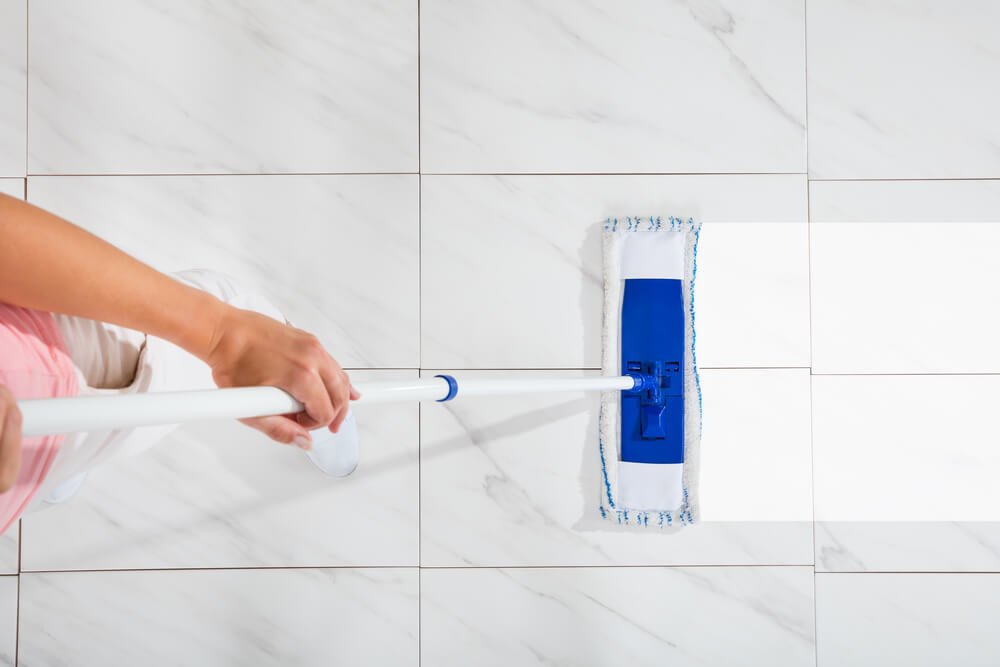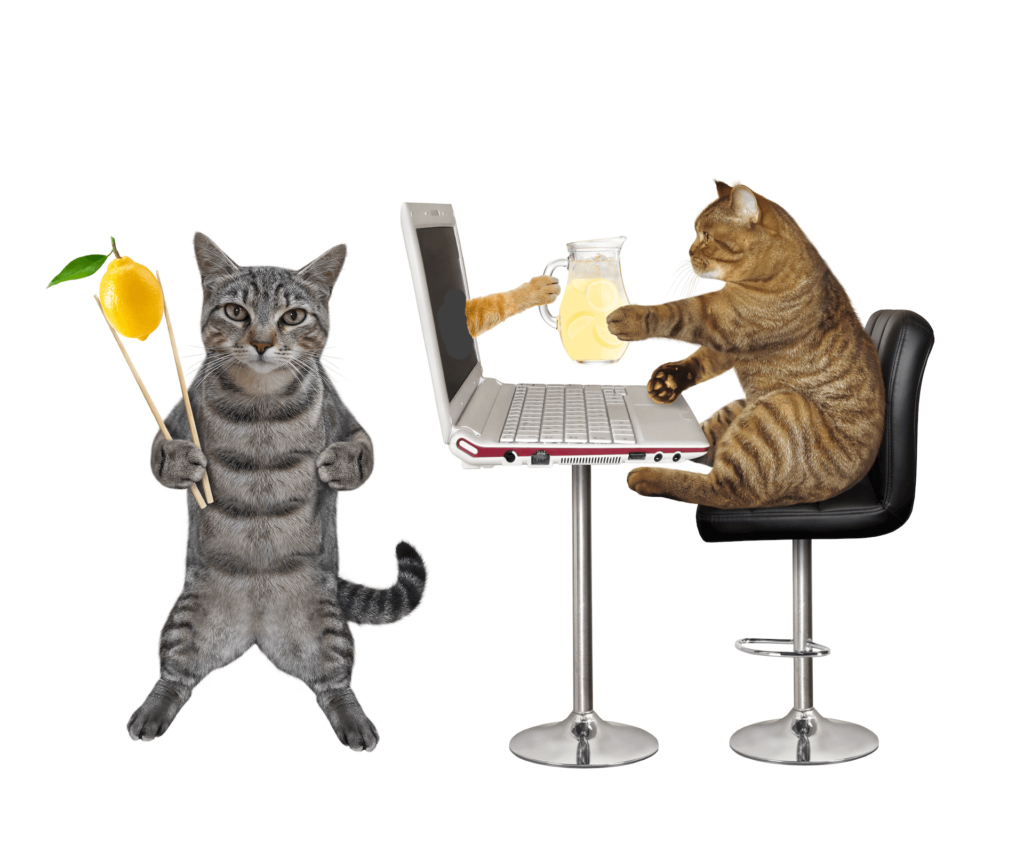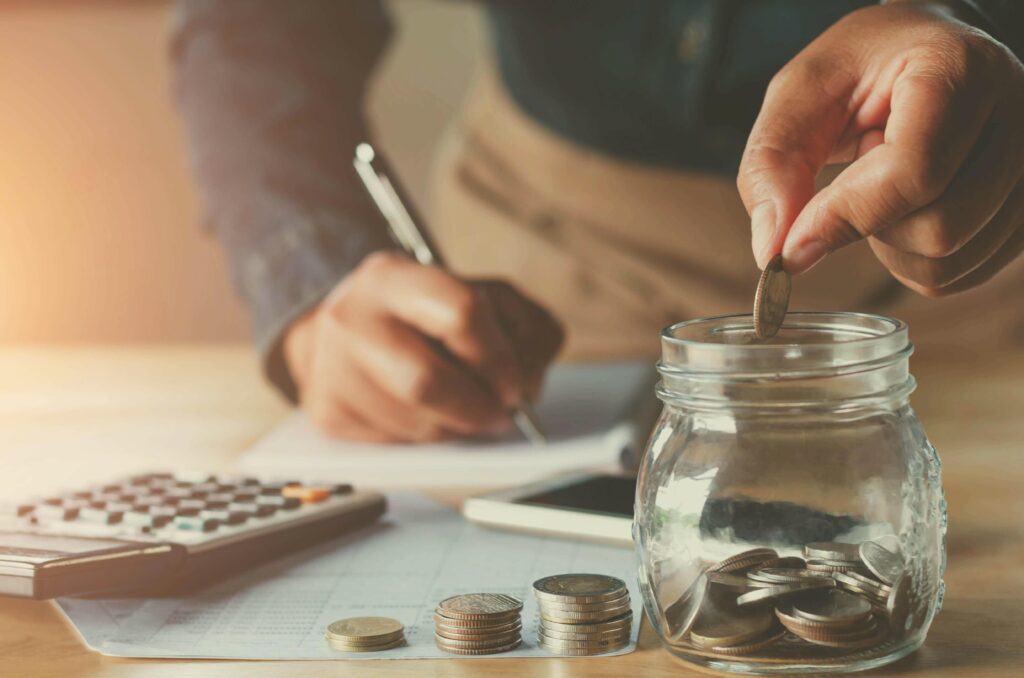Bathrooms, kitchens, and laundry rooms use tile floors for a good reason. Aside from being durable, they look tremendous and clean up nicely. Correct tile cleaning will keep it looking better longer and bring out the best in your apartment’s amenities. Read up on how to clean your tile floors the right way to keep them looking great.
How Frequently Do Tile Floors Need to be Cleaned?
It all depends on how much you walk on your tile floor. It is best to add floor cleaning to your weekly cleaning regiment for every room that has tile flooring. Like everything else, you should be cleaning up spills and stains right away from the tile floor. Daily sweeping and vacuuming will keep dirt from building up and scratching the floor.
What is Used to Clean Vinyl Tile Floors?
First off, almost all new vinyl tile floors do not need to be waxed. If you apply wax or use a mop with shine cleaner, you will actually dull the finish. There are a few ways to correctly clean your vinyl tile floor. You can buy vinyl floor cleaner or make a homemade cleaner. Rubbing alcohol, WD40, and baking soda are all optional. A broom, dust mop or vacuum, sponge, old cloth or wet mop, and two buckets are additional items needed to clean the floor.
I Have What I Need, But How Do I Clean My Vinyl Tile Flooring?
Like every other floor, sweep or vacuum all loose dirt before you mop the flooring. Once swept or vacuumed, remove any stains that you notice on the floor. If you see lipstick, crayon, paint, or ink on the floor, apply rubbing alcohol to the stain using a sponge. Allow the rubbing alcohol to sit for five minutes before you wipe it away with a clean sponge. You can spray WD40 on a cloth and rub out any scuff marks on your floor. Make a paste of baking soda and water to clean up dried-on food spills. Apply the paste to the dried-on food before rubbing it away with a damp towel. Now you are ready to prepare your cleaning solution. For a commercial cleaner, diligently follow all instructions given. If you are making a remedy at home, mix one cup of vinegar per one gallon of hot water in a bucket. The acid content in the vinegar eliminates the dirt without leaving a film. For stronger cleaning power, add a few drops of dish soap to the solution. When mopping, avoid soaking the floor with too much solution as it will run under the vinyl tile and cause issues.
What About Cleaning Ceramic and Stone Tiles?
Ceramic and natural stone tile floors are stronger and have a better visual appeal than their vinyl counterparts. More often than not, ceramic and natural stone tile floors are scratch-resistant, and spills wipe away easily. They are a common option as they have many design choices that will fit any theme you already have in place. The difficulty of cleaning your natural stone or ceramic tile floor is the grout.
What to Use When Cleaning Ceramic or Stone Tile Floors
Use an all-purpose commercial cleaner or dishwashing soap to clean ceramic tile floors. Look for a non-acidic alkaline based cleaning solution if you have natural stone tile floors. Baking soda, hydrogen peroxide, or oxygen-based bleach powder will be needed as well. A broom, dry dust mop or a vacuum, a wet mop, a stiff-bristled brush like a toothbrush, and two buckets should be on hand and ready.
How to Clean Ceramic or Stone Tile Floor
A floor is a floor, so sweep or vacuum any of the loose dirt before you start throwing a cleaning solution down. Now that the surface of the floor has debris out of the way, the grout will need to get cleaned. Unsealed grout will cause dirt to get stuck inside and will not be removed with regular mopping. There are multiple products on the market that will aid your grout cleaning. Use one cleaner at a time to see which one functions best. Then, scrub the grout with your stiff-bristled brush. If you do not own a stiff-bristled brush, a toothbrush can be used in its place. If you do not have access to an all-purpose cleaner or dish soap, you can also make a paste of baking soda and water or hydrogen peroxide. After you clean the grout, it is all downhill from here. Now is when you get to mop. Find a cleaner that suits your floor and follow all instructions provided. After you finish mopping, use water to rinse the floor to prevent any soap residue being left on the floor.








